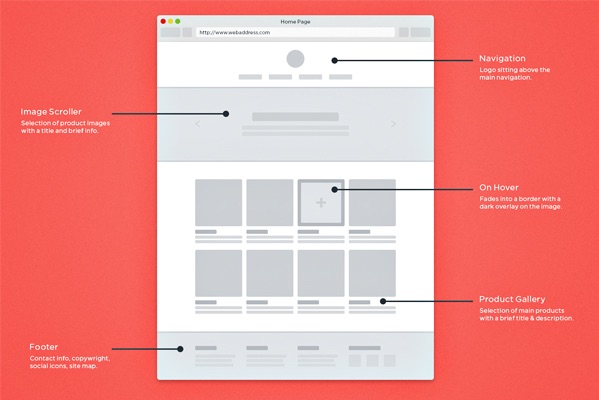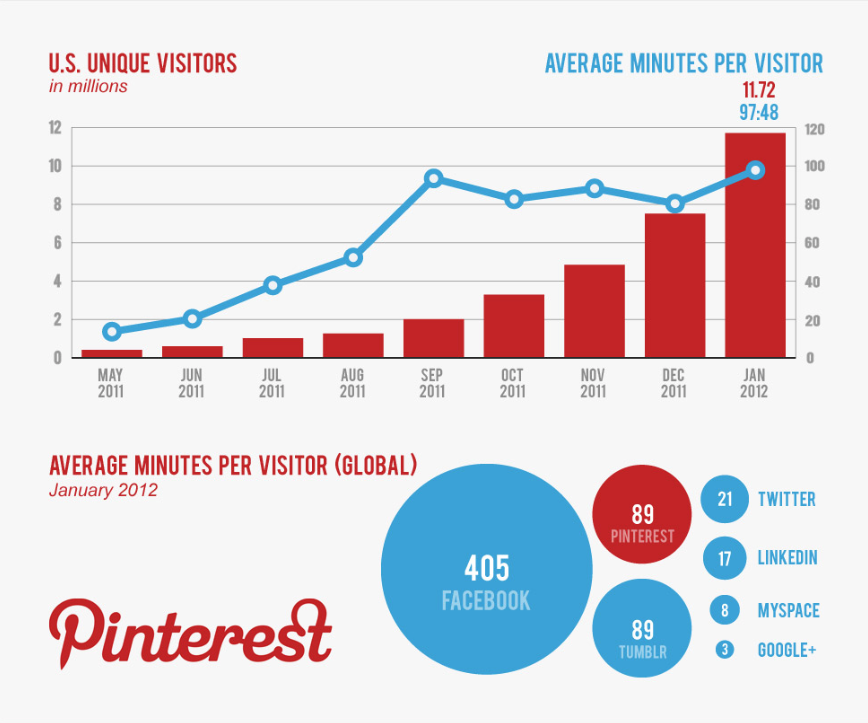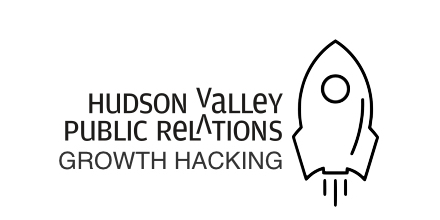Web Design Basics: Architecture, Layout And Purpose
by Christopher Berkley, Content Marketing Manager at Hudson Valley Public Relations
In an increasingly digital society, it’s imperative for businesses to have a website design where customers and clients can go to find information. Having a website is crucial for digital marketing, to increase visibility, provide contact information and make a business accessible outside of regular business hours. Smart web design helps businesses and individuals get the most out of their website and maximize return on investment.
Getting Started. The availability of content management systems (CMS) means that anyone can create a website with relative ease. WordPress is one of the most commonly used and the best for most applications. For a nominal fee WordPress allows users to create their own independent website with the domain name (URL, web address) of their choice. The URL should be easy to use and adequately describe the site’s purpose.
Above the Fold. First impressions are critical and this is particularly true for websites. The layout of a website’s home page will determine whether users stay on the site and view other pages, or leave. The content visible without scrolling is referred to as being “above the fold,” a term which traditionally applied to the front page of newspapers where the most important news appeared. Position the most relevant content, links and graphics above the fold to maximize ease of navigation and minimize bounce rates.
Mise-en-scene. Loosely defined, mise en scene is a French film term suggesting that visual cues are critical to conveying intended messages. With web design, the use of images and graphics is highly recommended to reinforce written messages. Visual reinforcements can be obvious, such as an image illustrating a paragraph, or a more subtle graphic that appeals to viewers subconsciously. Images and graphics also grab the user’s eye and break up long blocks of text.
Responsive Design. Responsive design refers to websites that adapt to the plethora of devices on which they are viewed. Views from mobile devices such as smart phones and tablets are rapidly increasing and to be competitive, website design must be easily viewed and accessed on those devices. A call now button next to your phone number allows mobile viewers to easily call you. Similarly, a call to action button can be used to elicit a desired response, such as purchasing a membership or downloading an app.
Search Bar. A search bar serves two key purposes. The obvious purpose is that it allows viewers to search for a specific page or topic and find that information quickly. The second, more subtle use is that it directly informs the webmaster or marketer what terms and topics users are interested in. That information can then be used to craft more relevant content and enhance a marketer’s SEO strategy.
Search Engine Optimization. Search Engine Optimization (SEO) is the practice of building a website in a manner that will boost its appearance in search engine results rankings. Web designers first need to identify relevant keywords that describe their website’s content and purpose. These keywords should be terms that users will enter into search engines in order to find the webpage. Metatags and metadata are non-visible keywords that tell search engines what the web page is about. Content management systems like WordPress greatly simplify the process of adding metadata.
Web Directories. Web directories are resources where webmasters and marketers can enter their site information into different directories in order to drive traffic and enhance SEO. While there are free directories, many have gone to paid models which require a yearly subscription to be listed. It’s important to identify the quality of the directory before posting there – good directories are more likely to drive traffic and enhance SEO.
Blog. Blogs are a way to create new content and go more in depth on specific topics and issues relevant to the website and business. Through social media and social bookmarking, blog content can be distributed widely and drive traffic to the website. A blog will also help increase search engine results rankings, particularly if each blog post has its own distinct URL (one of the advantages of WordPress). Blogs require a commitment, whether it’s once a day, once a week or even once a month – it’s important to continue posting even during busy business periods.

Click here to get started with WordPress.
To learn more about web design give us a call at 845.202.7087 or visit our website at www.hudsonvalleypublicrelations.com.
Dragon, R. (2012). The dragon search online marketing manual. McGraw-Hill.









